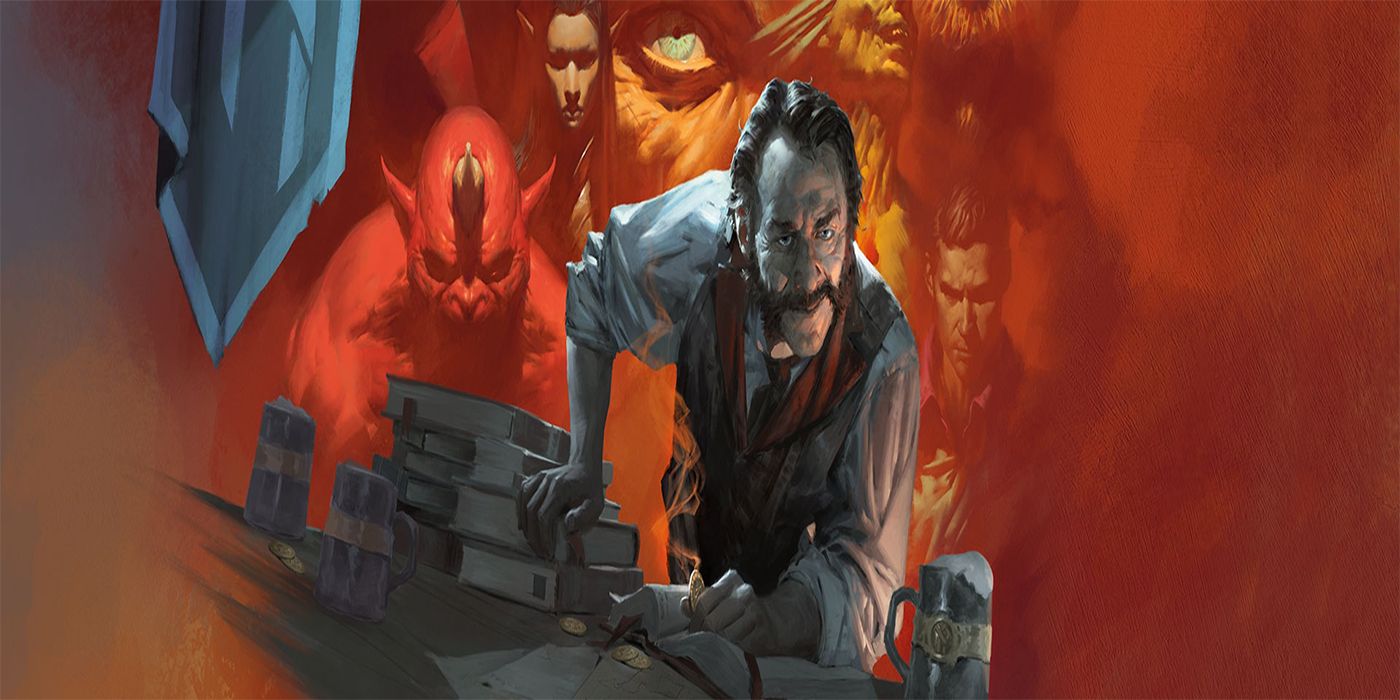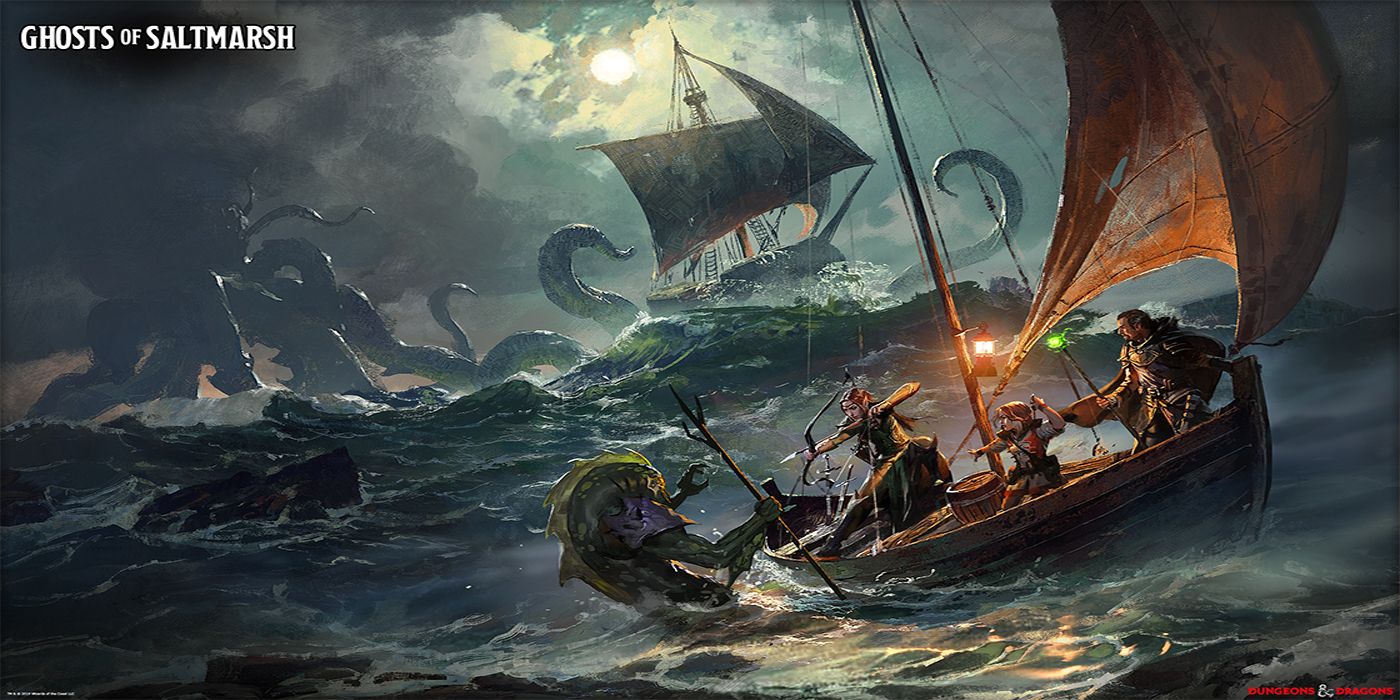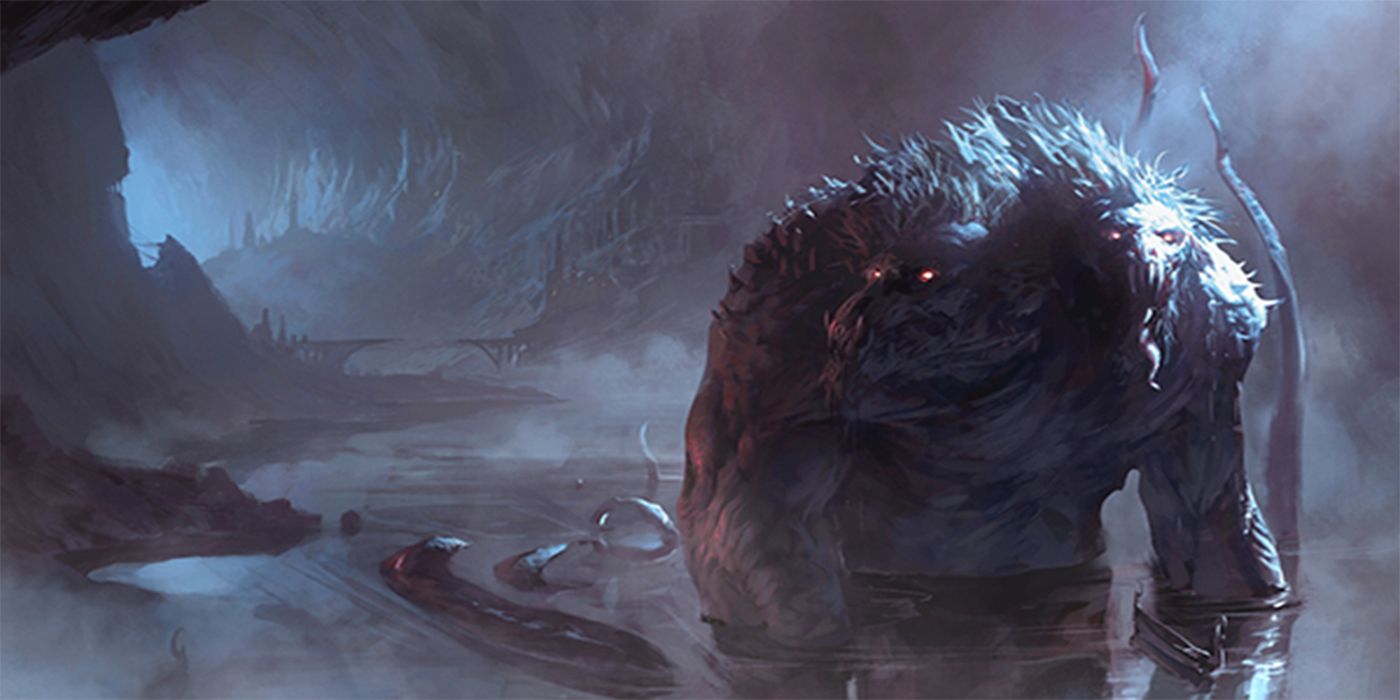There are a lot of different factors that go into creating a Dungeons and Dragons campaign, especially from scratch. As a Dungeon Master, it not only requires a lot of thought, but an absurd amount of preparation and effort actually goes into creating a world for players to explore. There are plenty of Dungeon Master tips for actually running a game, but creating a campaign from the ground up requires a very different mindset than just rolling a pre-written campaign. It's difficult, time-consuming, and is incredibly frustrating when players skip past an encounter a DM spent hours on. That being said, it's also an astonishingly rewarding experience.
Assuming the Dungeon Master has everything they need to get started, the first thing that should be created is the map. This is important for a few reasons. First and foremost, it'll set the foundation for the overall tone of the world. Is it dark? High Fantasy? Steampunk? Is magic common or rare? These are all important things to consider. From here, stories will begin to emerge about specific cities, villages, and ancient ruins. This makes it much easier to come up with adventures in the future, and it sells the world as much more authentic. It's always possible to add distant islands or lost hamlets to a world, but it's much more difficult to remove the ones that were just jammed into a campaign at the last moment, at least from a narrative perspective.
Knowing the ins and outs of the world will make it a lot easier to DM when players go off the beaten path - and they will go off the beaten path. For most locations, it's a good idea to plan out what players will be able to see, hear, and smell when they arrive there. It makes the world that much more convincing, and can help steer players in a certain direction. This doesn't mean that a DM needs to know the name of every citizen in a city and their favorite tavern. Instead, a DM should just have a list of some names they can use in a pinch and a place to take some notes about the character should the party ever cross paths with them again. To add even more spice to a character, maybe add a dark Dungeons and Dragons secret.
World map nailed down, it's time to start thinking about the campaign's overall narrative. It's important to have an idea where the story is headed, but to leave plenty of room for players to explore and make decisions. In our interview with College Humor's Dungeon Master Brennon Lee Mulligan, he told DMs to kill their darlings, and allow their parties the freedom to move through a campaign how they see fit. If a Dungeon Master removes a group's ability to make decisions that have weight, the group simply won't have fun. Take a look at Mass Effect 3's original ending. All of the player's choices up to that point only resulted in one of three different colored explosions. That feeling of disappointment is the same thing a DM's party will feel if their choices don't matter.
To avoid that underwhelming sensation, plan out, loosely, the direction the campaign will head. Then, pick a few alternate plot points with some backup options should players skip a major encounter or get off course. Which, again, they will. This will allow for some flexibility while playing. Missing an awesome Dungeons and Dragons encounter that hours of work went into is disappointing for the DM, but it all comes down to player agency, and there's no better feeling of agency than talking down major boss and avoiding a fight.
Speaking of bosses, it's very easy to design a big bad that simply wants to destroy the world for arbitrary reasons. Sure, that's fine, but it's much more interesting to approach the villain with some type of moral ambiguity. It'll make for a much more interesting campaign overall. It's also okay to pull from pop culture in this regard, as well as many others. Maybe the villain can have a Darth Vader-style redemption arc, or a fall from grace like Two-Face. Having a close ally slowly fall to corruption will ensure that players are far more involved in the story than another Sauron that just wants to control the world. There are tons of weird creatures in the Monster Manual that can be used to spice up a campaign, too, instead of just battling the typical Orcs and Trolls.
The DM also has a responsibility to design a campaign that the players will actually enjoy partaking in. This comes down to three core pillars found in almost every game: combat, exploration, and role-play. Ask players what they enjoy doing before the start of the campaign, and then adjust everything in accordance with their responses. It can be difficult to strike a good balance initially, but it something that will balance out as the DM becomes more familiar with the group and tabletop RPGs in general.
Designing a campaign isn't easy. It's going to take a lot of hours to completely plan out a campaign, but it's also very rewarding. There are easy campaigns to run as Dungeon Master for those still learning the ropes, but there's something special about realizing a world that is entirely the DM's. By ensuring that players have agency, a well thought out world to explore, and a villain with real depth the campaign will be an absolute blast to play. At times, it can feel more like a part-time job, but being a Dungeon Master is still a wonderful way to enjoy Dungeons and Dragons.



